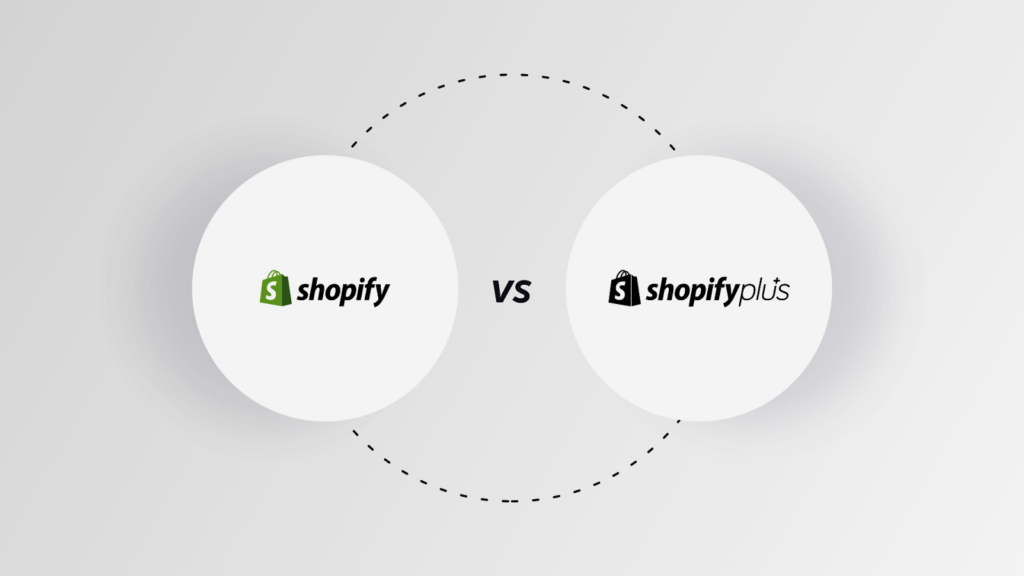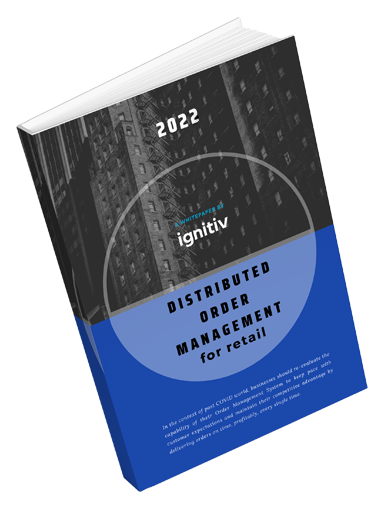Retail has undergone a tremendous shift. With customers becoming more tech-savvy and demanding, brands that adapt to evolving needs will be able to retain and attract new customers. This is where omnichannel strategies and headless technologies can become powerful forces in driving business value.
Brands that consider omnichannel and headless strategies embark on a path towards greater efficiency and scalability, ultimately leading to cost savings and better customer engagement.
Digital Omnichannel — A Primer
Defined sometimes as a marketing-influenced strategy – Omnichannel – blends messaging, branding, and online and offline touchpoints, thus, facilitating a seamless experience between the customer and the retail brand.
Why omnichannel is an important business strategy?
Omnichannel initiatives allow brands to offer their customers a personalized shopping experience that is both upbeat and consistent irrespective of the channel used. And this is achieved by stressing a few crucial elements like:
- Consistent and identifiable brand tone and vision
- Interest capturing and customizing messaging based on that
- Personalization of cross-channel experiences that connect customers with the brand
- Maintaining the customer-brand relationship, even after the sale
Challenges In Building Omnichannel Customer Strategy
Here are the five significant challenges most CX leaders and marketers face while building an omnichannel customer strategy.
- Overcoming data silos
- Unifying omnichannel data
- Personalizing across channels
- Creating a consistent experience
- Making decisions in real-time
Besides these, the self-service facilities, underlying technology platforms, and the challenges of going global are also some of the issues brands across industries face when building an omnichannel customer strategy.
According to a report by NICE, it is believed that 81% of customers usually try to do their research and prefer self-service before they contact a brand.
Implying that if brands are not offering a frictionless experience to their customers, they are losing out on them and probably becoming incompetent to attract new ones. This is where the combination of omnichannel and headless starts playing an important role.
Headless Strategies — Cutting Through the Complexity
Headless technology, when applied to enable the omnichannel paradigm, can help the brand overcome customer experience challenges and deliver a customer experience that is consistent and positive.
A recently released report by RSR titled “Retail Commerce in Context: the next iteration” – revealed that merely 36% of respondents who were over-performing retail felt satisfied with their current technology stack to measure the exact business impact of innovation.
However, an approach of headless architecture can help retailers overcome the omnichannel customer experience challenges, streamline their processes, drive quicker innovation, and overcome the competition.
Use Cases
Brands like Lancôme, Nike, Koala, and Burrow, to name a few, have used headless commerce to gain an advantage. Lancôme went headless with Progressive Web Applications (PWAs) and recorded an increase of 17% in their conversion rates.
Likewise, Nike, the famous shoe brand, went headless with a tech stack (React SPA + Node.js) and optimized their customers’ experiences across all the channels. As a result, Nike could capture a sizeable market share – more than its arch-competitor.
In the same vein, Koala switched to headless with advanced web applications that allowed it to offer the right experience to its customers at the right time on different channels. With its switch to headless, Koala could make quick changes to the website without downtime and offer tailored experiences to its customers by using different UX for mobile and desktop.
Burrow, a furniture store, wanted a hassle-free, template-free website entailing little intervention from developers and, thus, went headless. Burrow witnessed a 30% increase in its conversion rate within two months of switching to headless.
Conclusion
No matter what the industry, brand, or size of a business, headless strategies can help businesses overcome customer experience challenges, streamline business processes and drive quick innovation. Most importantly, headless initiatives can pave the way for robust omnichannel service delivery and allow a seamless customer experience across all touchpoints.








